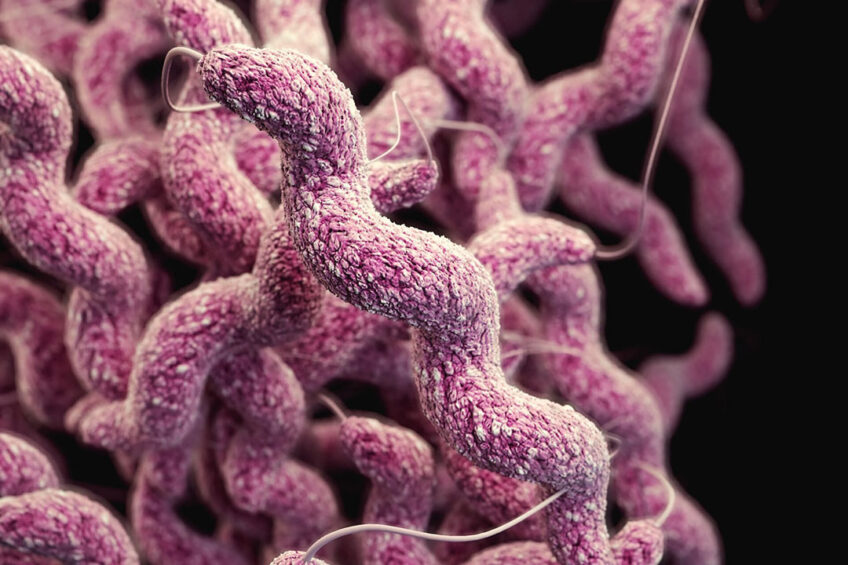Bacteria resistant to common AMRs in broilers and humans

Resistance of Salmonella and Campylobacter to commonly used antimicrobials is frequently observed in both animals and humans, states a new report by the European Centre for Disease Prevention and Control and the European Food Safety Authority.
“Antimicrobial resistance is one of the greatest threats we face worldwide, affecting humans, animals, and the environment. In our work, we embody the One Health approach, recognising the close links and interdependency of the health of humans, animals, plants, and the wider environment,” said the European Centre for Disease Prevention and Control and European Food Safety Authority chief scientists Mike Catchpole and Carlos Das Neves in a joint statement.
The good news
The report added that simultaneous resistance to critically important antimicrobials for humans was generally detected at low levels, except for some Salmonella types and Campylobacter coli in several countries.
There were encouraging trends in several countries, where an increasing proportion of bacteria from food-producing animals was susceptible to all tested antimicrobials. Moreover, the prevalence of Extended-spectrum Beta-lactamases (ESBLs) and AmpC beta-lactamases (AmpC) producing E. Coli is decreasing.
A decline in the resistance of Salmonella to ampicillin and tetracycline was also observed in humans in several countries over the period 2013-2021. This was particularly evident in S. Typhimurium, a type of Salmonella commonly associated with pigs and calves, which is often multidrug-resistant.
Campylobacter and erythromycin
Data also shows decreasing trends in resistance of Campylobacter jejuni to erythromycin in broilers and humans. This type of antimicrobial is very important in the treatment of campylobacteriosis.
Ciprofloxacin can no longer be recommended
However, the report also shows an increasing trend over the same period in the resistance of S. Enteritidis and C. jejuni to ciprofloxacin in humans. S. Enteritidis and C. jeuni cause most cases of salmonellosis and campylobacteriosis infections in humans.
Similar trends were observed in C. jejuni from broilers between 2009 and 2020, where resistance to ciprofloxacin increased in several countries. The level of ciprofloxacin resistance in Campylobacter is now so high that this antimicrobial can no longer be recommended in the treatment of severe Campylobacter infections in humans.
Resistance of E. coli to carbapenem
Resistance of E. coli to carbapenem remains rare in food-producing animals and humans. Since carbapenems are a class of last-resort antimicrobials, the report states that any findings showing resistance to these in zoonotic bacteria are a concern. Resistance to carbapenem therefore must be monitored and investigated continually.
Join 31,000+ subscribers
Subscribe to our newsletter to stay updated about all the need-to-know content in the poultry sector, three times a week. Beheer
Beheer











 WP Admin
WP Admin  Bewerk bericht
Bewerk bericht